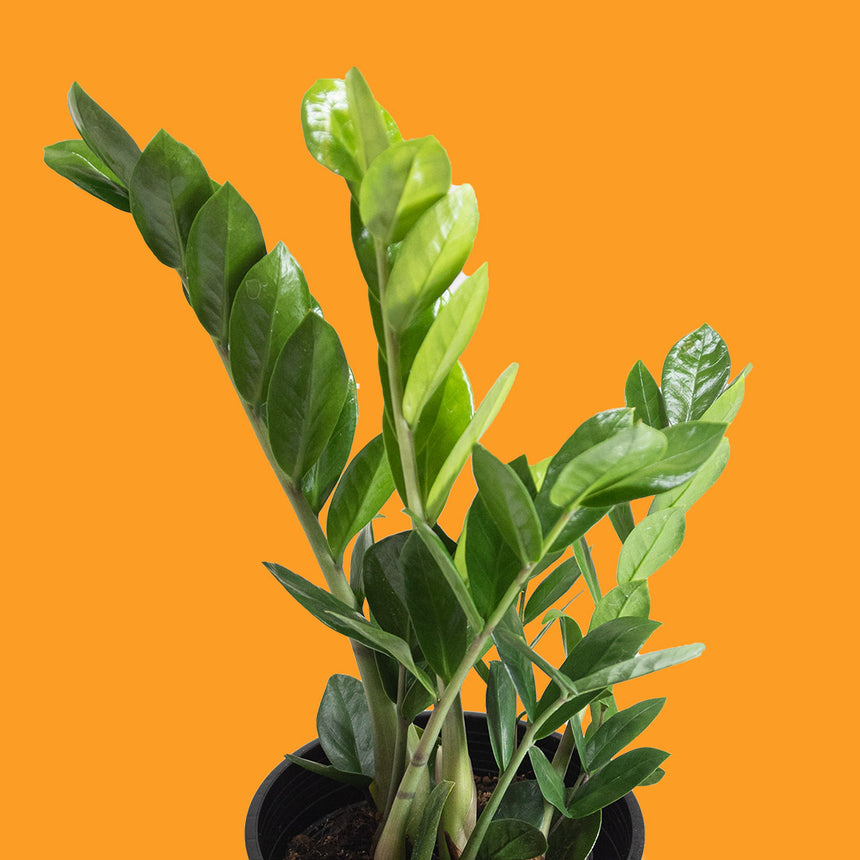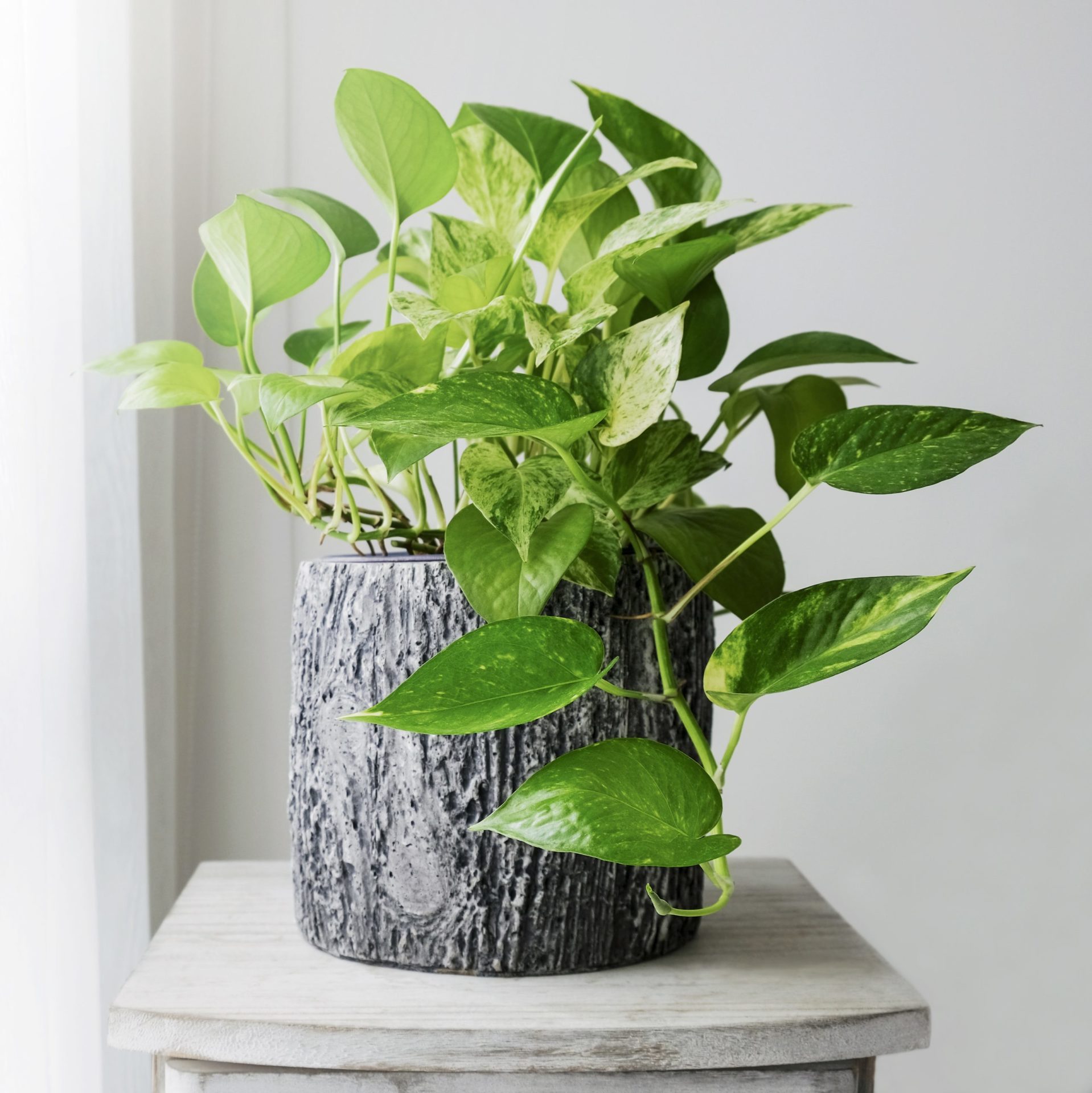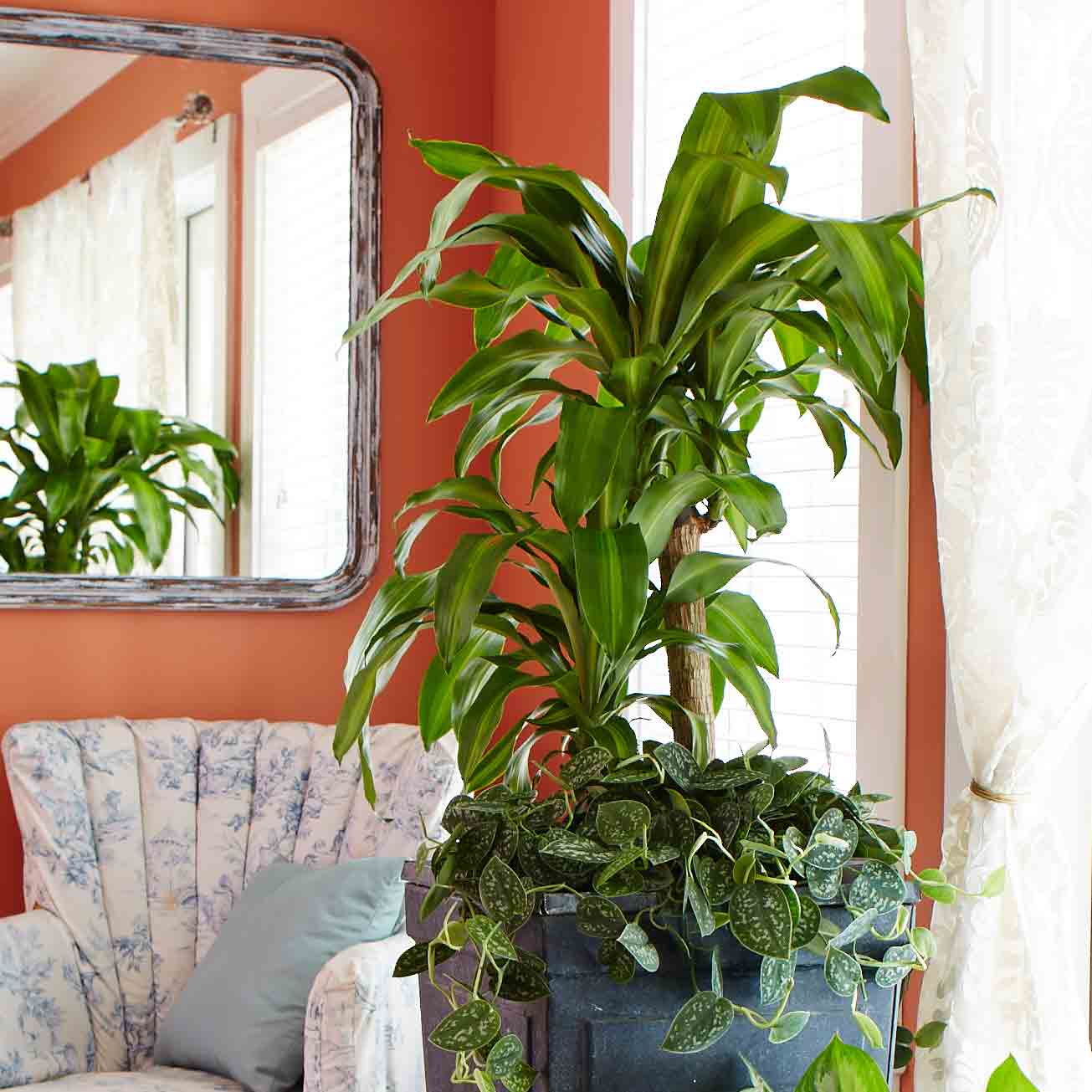Best Low-Light Indoor Plants That Thrive with Minimal Sunlight
Best Low-Light Indoor Plants That Thrive with Minimal Sunlight
Blog Article
Transform Your Home With Beautiful Low-Light Indoor Plants and Their Advantages
Integrating low-light interior plants right into your home can substantially boost both the environmental and aesthetic top quality of your home. These plants, which grow in dim problems, serve not just as decorative aspects however likewise as all-natural air cleansers, making them excellent for urban dwellers or those with minimal sunlight direct exposure. As we check out the various kinds of low-light plants and their advantages, you might discover surprising means to incorporate them into your home that can transform your environments in ways you could not have anticipated.
Advantages of Low-Light Plants
Low-light plants use many benefits for indoor settings, making them a superb choice for both beginner and experienced garden enthusiasts. One of the key advantages is their versatility to low-light conditions, enabling individuals to boost their space without the need for extensive sunlight exposure. This characteristic makes them perfect for apartments, offices, and various other locations with restricted natural light.

Moreover, incorporating low-light plants into home décor can raise the aesthetic allure of a space. Their rich vegetation and differed structures create a calming environment, contributing to general wellness. The existence of plant has actually been linked to reduced anxiety degrees and boosted efficiency, making low-light plants a useful option for boosting both physical and psychological wellness in interior setups.
Top Low-Light Indoor Plants
While several interior plants flourish in brilliant light, numerous types are particularly well-suited for low-light conditions, making them perfect for various interior rooms. One popular option is the Snake Plant (Sansevieria), recognized for its striking upright fallen leaves and strength, needing very little treatment. Another excellent alternative is the Pothos (Epipremnum aureum), which features heart-shaped fallen leaves and can trail wonderfully from wall mounts or shelves, flourishing in low light and adding a rich touch.
The ZZ Plant (Zamioculcas zamiifolia) is celebrated for its shiny fallen leaves and capability to hold up against disregard, making it perfect for hectic way of lives. Similarly, the Peace Lily (Spathiphyllum) not just endures reduced light yet likewise generates spectacular white blooms, boosting any kind of area's aesthetic.
For an one-of-a-kind touch, consider the Cast Iron Plant (Aspidistra elatior), which undoubtedly meets its name, prospering in the darkest corners of your home. Last but not least, the Chinese Evergreen (Aglaonema) supplies a range of leaf patterns and colors while being exceptionally flexible in low-light problems. These plants not only enhance interior environments but also contribute to air filtration, boosting your home.
Treatment Tips for Low-Light Plants

Watering methods are essential; these plants typically choose slightly dry problems. Overwatering can bring about root rot, so guarantee that the top inch of soil is dry prior to sprinkling once again. Use pots with drainage holes to permit excess dampness to escape.
Humidity is another crucial factor. Many low-light plants, such as ferns and tranquility lilies, gain from greater humidity degrees. To increase moisture, think about misting the leaves or placing a tray of water near the plants.
Fertilizing must be approached with care. Throughout the growing period, utilize a thinned down, well balanced liquid fertilizer on a monthly basis to sustain development, but avoid fertilizing throughout the inactive winter season.

Imaginative Ways to Display Plants
Indoor plants can work as exciting centerpieces in any space, improving both aesthetic appeal and setting. Creative display screens can boost the aesthetic influence of low-light plants, making them an important part of your home design. One efficient method description is to make use of tiered plant stands, which enable you to showcase multiple plants at differing elevations while optimizing floor space.
Hanging planters are one more ingenious option, producing a feeling of deepness and drawing the eye upwards. Take into consideration macramé hangers or wall-mounted shelves to present an unique appearance and design.
For a much more organized strategy, usage geometric terrariums or glass containers to house your plants, adding a contemporary touch to your interior garden. You can additionally repurpose vintage things, such as teacups or wooden pet crates, for a diverse display screen that reflects your character.
Enhancing Home Ambiance With Plants
Incorporating low-light plants into your home not only boosts visual allure yet additionally adds substantially to the overall atmosphere. These plants act as natural browse around here design components, presenting a sense of harmony that can change any space. The presence of plant promotes a calming atmosphere, which is specifically advantageous in high-stress settings such as home offices or living spaces.
Low-light plants, such as serpent plants, pothos, and ZZ plants, are not just cosmetically pleasing but also improve interior air high quality by filtering system pollutants. This dual function improves the atmosphere better, developing a much healthier home (Best low-light indoor plants). The calculated placement of these plants can also influence the assumption of space; for instance, tall plants can attract the eye upwards, making ceilings appear higher and rooms a lot more sizable
In addition, varying textures and colors of vegetation add deepness to interior style, permitting creative expression in home designing. Whether put on shelves, in corners, or as focal points, low-light plants can boost the state of mind of any type of room. In summary, integrating these plants right into your home is a reliable way to foster a warm, welcoming ambience while reaping the benefits of boosted air high quality and aesthetic convenience.
Final Thought
Incorporating low-light indoor plants right into home environments offers various benefits, consisting of enhanced visual charm and enhanced air high quality. These resistant plants, such as the Snake Plant and Peace Lily, require minimal light and upkeep, making them appropriate for varied way of livings.
While numerous indoor plants prosper in brilliant light, several varieties are especially well-suited for low-light problems, making them perfect for various indoor spaces. One reliable method is to use tiered plant stands, which allow you to display several my response plants at differing heights while making best use of flooring area.
Low-light plants, such as snake plants, pothos, and ZZ plants, are not only aesthetically pleasing however also boost indoor air high quality by filtering system contaminants. Best low-light indoor plants. The calculated positioning of these plants can additionally influence the understanding of space; for instance, tall plants can draw the eye upward, making ceilings appear greater and spaces a lot more spacious
These resilient plants, such as the Serpent Plant and Tranquility Lily, need minimal light and maintenance, making them suitable for varied way of livings.
Report this page